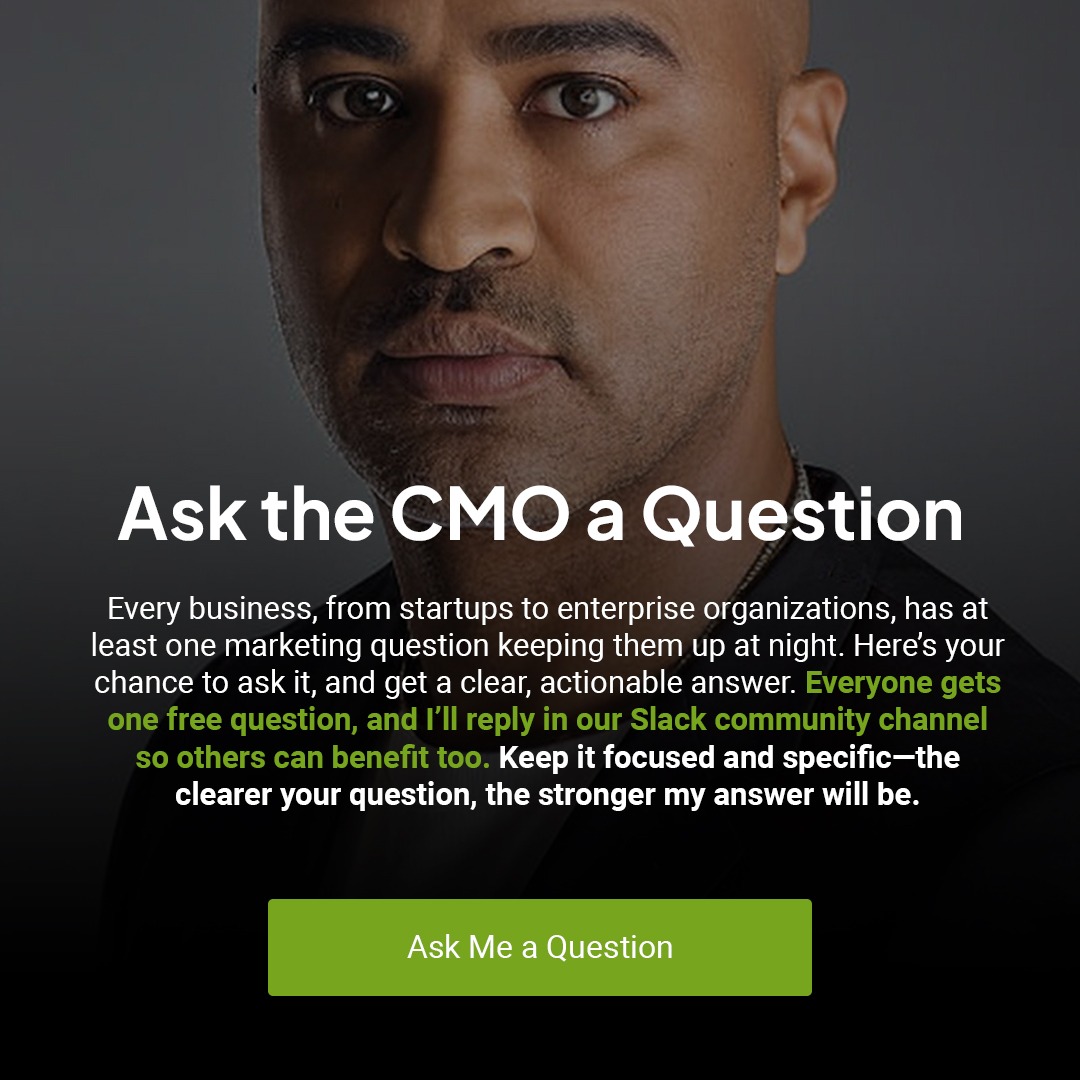Listen to your least happy customers or watch your revenue shrink… Many leadership teams claim to value their customers. Then they fund Customer Success like a help desk or outright ignore it altogether, misguided by the confidence that their product alone will win retention, and wonder why net revenue does not move. The tension shows up every budget cycle. Sales and marketing get the glamour budget. Success gets the “support” budget. Yet the largest share of annual revenue usually comes from customers you already have.
If you accept my suggestion that success owns most of the revenue, it should resemble a revenue function. That means clear outcomes, a real operating model, and the budget to make it work at scale. Anything less is avoidable waste.
The job is NOT support
Support resolves accute issues. Success makes customers successful. That sounds obvious, but the difference in practice is enormous. Success is the system that turns what you sell into results for a client. It reduces time to value. It drives adoption. It keeps stakeholders informed. It hears concern before it turns into loss. And it does all of that across hundreds or thousands of accounts, not just a few logos and clients with white glove treatment.
When Success is funded as an afterthought, you get heroic effort from a few people and not much scale. When it is funded as a revenue system, you get consistent outcomes and compounding value. The second option wins every time.
The economics are brutal
Here is the simple math that frequently gets ignored. Lose one million in annual recurring revenue, and you’re down one million right now. That’s the obvious part. What you don’t see on the dashboard is the lifetime value you just burned. If the average remaining life was three years and your gross margin sits around seventy-five percent, you just deleted more than two million in future gross profit. The number is ugly, and it is real.
Leaders often say we will replace it with new sales and move on. That replacement plan comes with acquisition cost, onboarding effort, and time. You reset the clock with a new customer who has delivered zero expansion. You also give up the references, referrals, and advocacy that a retained, happy, and growing customer throws off without effort. The compounding losses are what actually hurts the most.
This is why a small improvement in retention and expansion yields a faster return than a similar increase in net new bookings. You keep what you earn, you grow it, and you do not pay to buy it again. As I frequently say, it’s cheaper to get new business from an existing customer than it is to acquire a new customer outright.
What good looks like
Success requires an operating model that is both easy to understand and difficult to fake. Start with instrumentation. You should be aware of how long it takes for a new account to reach its first proof of value. You should see adoption by use case and by team. You should be able to spot the leading signs of risk and the early signs of expansion. None of this is exotic. It requires a stack that connects your product data, your CRM, your billing, and your customer communication. Someone has to be responsible for maintaining the integrity of that data every day. That is Customer Success Operations. Without it, you end up with spreadsheets and guesswork.
Coverage also has to fit the shape of your accounts. High-complexity and high-value accounts receive named managers who spend time with decision-makers and tie the product to the business goals that matter. Lower-complexity accounts still deserve clear journeys, but most of the touchpoints occur through targeted education, product guidance, and automation. A pooled team covers the moments that truly need a person. The test for your model is simple. Can a customer reach value quickly, stay engaged, and grow without a hero in the loop every week? If the answer is no, you are not ready to scale.
Voice of Customer needs teeth. Collecting survey scores is not the point. You want a closed loop between what customers say, what product and go to market will change, and how you tell customers about those changes. When that loop is visible at the executive level, roadmaps improve, and sales stories get sharper. When it is a slide once a quarter, nothing moves.
Retention and expansion need a real pipeline. The idea is not complicated. If revenue can be won and lost, treat it with the same rigor you give new deals. At the start of each week, leaders should see the accounts that are at risk, the action plan for each, and the expected revenue at risk in dollars. They should also see where expansion is likely and what it will take to unlock it. You can call it a forecast or a risk board. The label does not matter. Owning it does.
Listen to your least happy customers
A business is only as strong as its least happy customers. The loudest complaints are often the most useful signal. Instead of defending the work or the product, treat frustration like paid research. They are paying you, which means they care enough to demand that you meet the mark. That is an opportunity, not an attack.
Listen carefully. Get to the root cause. Close the loop with the customer and with your team. If you hear a pattern, fix the system it points to. A delayed response, a confusing setup step, a missing guide, a feature that almost solves the job but not quite. Every one of those is a solvable problem once it is visible.
Do not take it personally. Take it seriously. The job is to make the customer successful and to do it at scale. That means instrumenting feedback, logging decisions, and tracking whether fixes changed outcomes.
Churn is the scoreboard. You can grow bookings and still lose the game if customers leave faster than they should. If you reduce preventable churn, expansion gets easier, references multiply, and sales cycles shorten. The loop starts with listening.
Measuring what matters
Most dashboards are full of activity. Leaders should see outcomes. A useful scorecard is small and concrete. Gross revenue retention. Net revenue retention. Logo retention by cohort. Churn dollars in total and by segment. Time to first value and time to the second meaningful value. Adoption depth across the features that correlate with renewal. Health score accuracy against actual renewal and expansion. The point of the scorecard is not a wall of numbers. The point is decision. What will we change this week to improve these outcomes for the next quarter and the next year?
Where the budget should move
If Success owns the majority of revenue, it should not have to beg for basic tools or staff. A rational shift is available to most companies. Move a slice of generic awareness spend into customer education and enablement. Replace manual effort with strong operations and automation. Standardize executive business reviews with templates that make the conversation about business outcomes rather than a tour of features. Connect product analytics to your CRM, allowing you to see risk and opportunity in real-time rather than after the fact. This is not about gold plating. It is about moving budget toward the work that protects and grows what your company has already earned.
A simple ninety-day plan
Month one is about visibility. Baseline your retention by segment. Map the journey from close to first value and then to steady state. Identify the handful of leading signals that show risk early and the handful that point to expansion. Set up a simple view in your CRM that shows revenue at risk and likely expansion. Publish it weekly and assign owners.
Month two is about fixes that pay off quickly. Put targets on time to value by segment and share them. Launch version one of your health score and tie it to playbooks that tell people what to do next. Standardize your executive reviews with one narrative and one format. Build the intake and prioritization for customer feedback with clear service levels from the product team. You do not need a perfect tool set to start. You need decisions and follow through.
Month three is about scale. Build automated lifecycle messages that are triggered by real usage and real milestones. Pilot two expansion plays that fit your product. For a usage based product, that may be thresholds that unlock a higher plan. For a seat based product, that may be the second team or the second business unit. Publish a simple executive dashboard that shows leadership what is improving and what is stuck. Tie a portion of variable compensation for Success to retention and expansion outcomes. Make it worth doing.
Hard questions and clear answers
Leaders often bring up three concerns.
First, the product is great and customers will not leave. That is hope. Good products still churn when a champion leaves, budgets change, or a team never reached value. Success exists to reduce the impact of those events.
Second, there is no budget. You are already paying for churn. A small shift from net new spend into Success operations, enablement, and lifecycle programs pays for itself when net revenue retention moves even a few points. This is one of the rare places where a modest investment creates durable cash flow.
Third, we tried a tool and it did not help. Tools without ownership and process turn into shelfware. Make operations a first class part of the team. Give it scope to integrate data, build triggers, and maintain playbooks. Then buy or keep only the tools that support that plan.
The takeaway
Treat Success like the revenue engine it already is. Fund it with intention. Give it the operating model and the scorecard to run the business with you. The math of churn is unforgiving. The upside from a strong Success org is just as powerful. If Success owns the majority of your revenue, invest in it like you mean it. Anything else is money left on the table while you pay your best revenue driver like support.
Keep Reading
Want more? Here are some other blog posts you might be interested in.
Most B2B “lead problems” are not lead problems. They are “we never got them to a meeting” problems. The ad did its ...
Your customers expect to be tricked (unfortunately). They have seen bait pricing. They have fought to cancel. They have waited on ...
Confusing a launch plan with a GTM strategy is one of the fastest ways to stall growth. A launch plan gets ...
For founders and growing companies
Get all the tips, stories and resources you didn’t know you needed – straight to your email!




